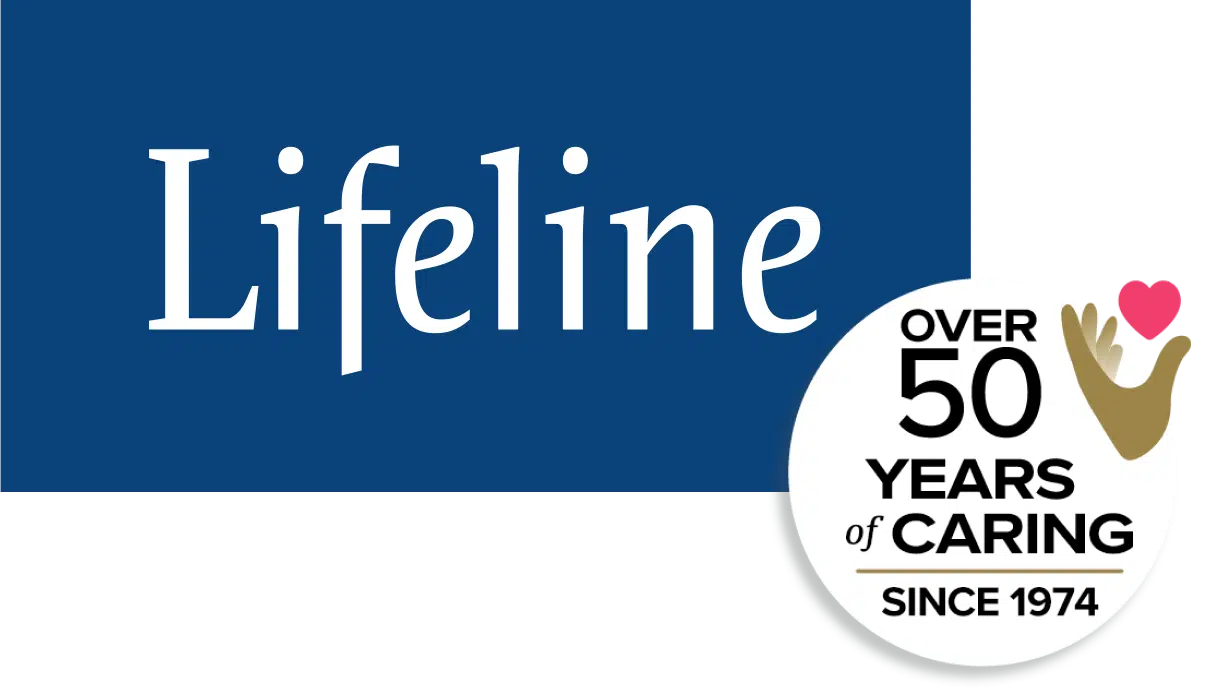Exercise Options for Seniors and Older Adults
Author: Lifeline Canada
Date: 7 October 2020
No matter what your age, it’s important to maintain a healthy heart and body. But practicing a balanced fitness program can be vital for seniors. According to the Mayo Clinic, regular exercise helps control cholesterol levels, body weight, and blood pressure. It reduces the risks of stroke, heart attack, hardening of the arteries, and strengthens bones to help fight osteoporosis. Keeping your ligaments, tendons, and muscles strong and limber reduces the risk of injury and allows you to continue to enjoy an active life. Staying healthy helps to maintain your independence.
Be sure to start slowly and take it easy if you haven’t been active in a while. A great way to begin is to walk several days a week for 5 or 10 minutes at a time. You are ready to add more challenging activities to your regimen once you have built a solid foundation and can walk for 30 minutes at a time.
It’s important to check with your doctor before beginning any new exercise regimen. You doctor can create a workout plan that suits your specific goals and physical requirements.
Related: Download Lifeline’s Heart Health Guide for Seniors to learn more.
Cardio for Seniors
Cardio helps build endurance by increasing your heart rate. You may begin to see significant changes in a short amount of time. You may find you will be more comfortable doing cardio as well as living your everyday life in as little as six weeks of exercise. Low impact aerobics like dance, cycling, water aerobics, swimming, and walking are best for seniors. Other options include:
Strength in Seniors
Even a small change in overall muscle strength can impact your daily activities in a huge way. Climbing stairs, carrying groceries, even getting up out of a chair, all require muscle. It’s recommended by the CDC that people over the age of 65 practice strength-training at least twice a week.
Begin with small weights such as 1- or 2-pound dumbbells. Try to do 10 to 15 repetitions of a variety of exercises such as chest presses, tricep extensions and bicep curls. You only need your body weight to do some very effective moves, including modified push-ups, squats and lunges.
Exercise For Seniors Example: Here’s a modified push-up that will build up your shoulder, upper back, and chest strength. Face a wall and lean forward slightly, placing your palms flat on the wall at about shoulder height, with your toes 12 to 18 inches from the wall. While bending your elbows, move your body down towards the wall without straining, until your nose almost touches the wall. Move back into the starting position and repeat ten times.
Seniors Practice Balance
According to the Public Health Agency of Canada, the most common cause of trauma hospital admissions and injury-related deaths among Americans aged 65 and older are falls. Even the smallest of injuries can have serious consequences when you’re elderly.
Related: Hip Pain in Seniors
Exercise Example: Stand behind a chair that won’t tip easily, such as a dining room chair. Place one hand on your hip and rest one hand on the back of the chair. While bending your knee slightly, lift your right leg. Hold for a count of 10. Relax for a bit then do nine more repetitions. Switch to your other leg and repeat. In time, your balance will improve and you’ll be able to do this move without having to rest your hand on the back of the chair.
Flexibility Exercise for Seniors
Adding some stretches to your daily routine can help make certain daily activities in your life much easier. You should do some stretching every day. Always warm up first for three to five minutes by simply marching in place or taking a short walk. After warming up you can slowly move into your stretches, holding each for at least ten seconds, making sure to breathe during the stretch. Remember, there should never be pain while stretching. You’re stretching too far if you feel sharp pain or soreness the following day.
Exercise Example: Here’s a neck stretch you can do sitting or standing. Turn your head slowly toward the right until you feel a slight stretch. Don’t tilt your head forward or backward. Hold for 10 to 30 seconds. Now do the same towards the left. Hold. Repeat three times in each direction.
It only takes 30 minutes each day to achieve good general fitness, and these 30 minutes could both improve the quality of your life and prolong your life. Be cautious, start slowly. If you feel you need help, don’t be afraid to hire a personal trainer.
What You Should Do Now:
Here are 5 ways we can help you or your loved one live safer and more independently at home as long as possible:
- Get our latest tips, tools and resources straight to your inbox. Sign up for our monthly newsletter.
- Not sure if the time is right for a medical alert service? Take this quick assessment to find out.
- If you would like to learn how to live a healthier and safer lifestyle, go to our blog or visit our resources section, where you can read and download guides.
- Wondering which medical alert system company is the best for your needs? We’ve put together a guide comparing the best medical alert systems for you.
